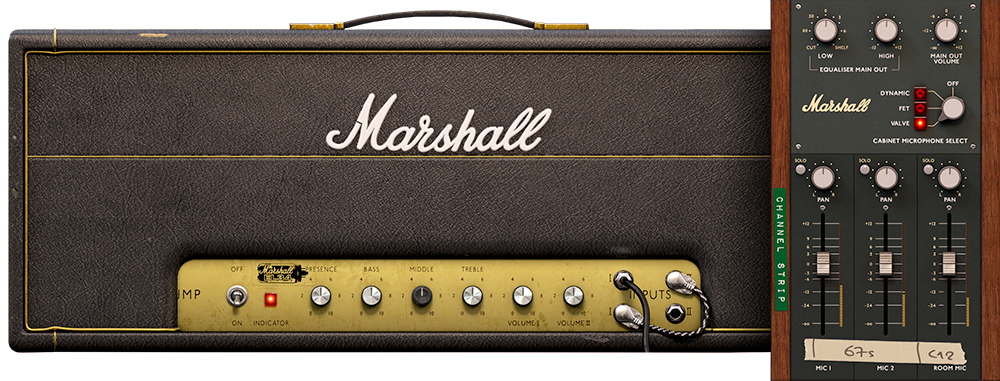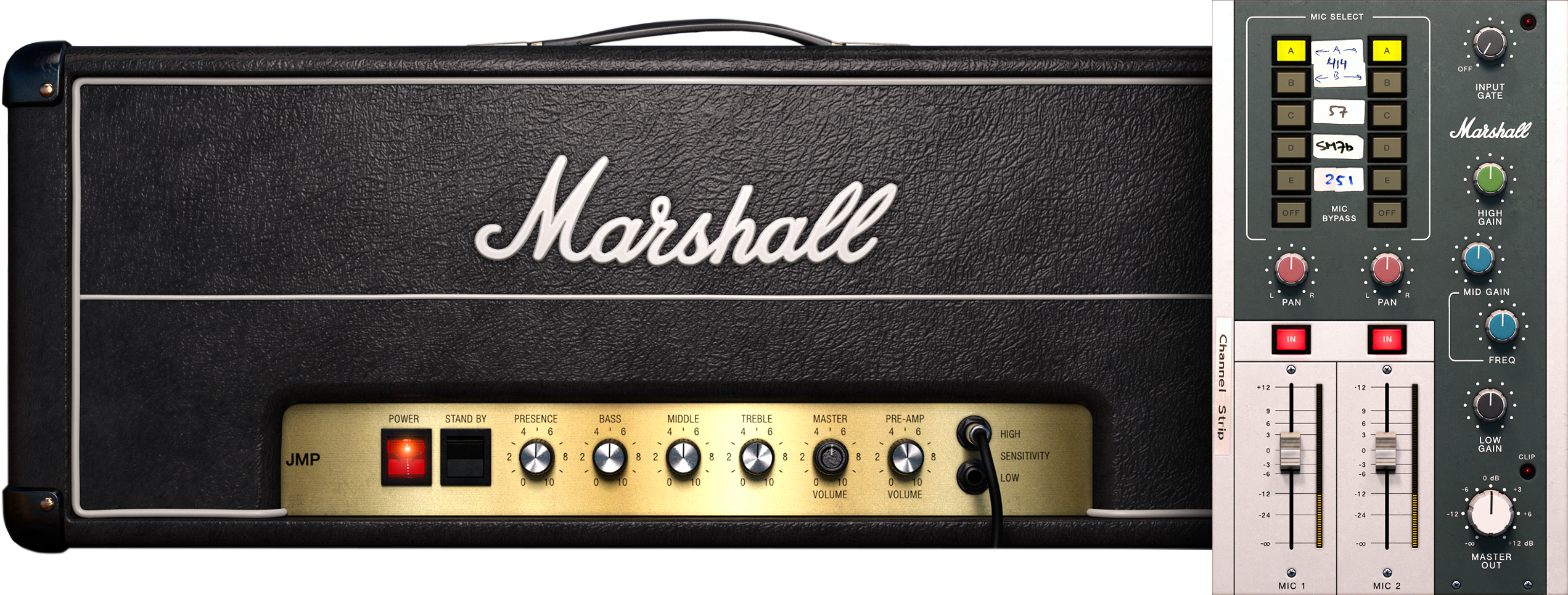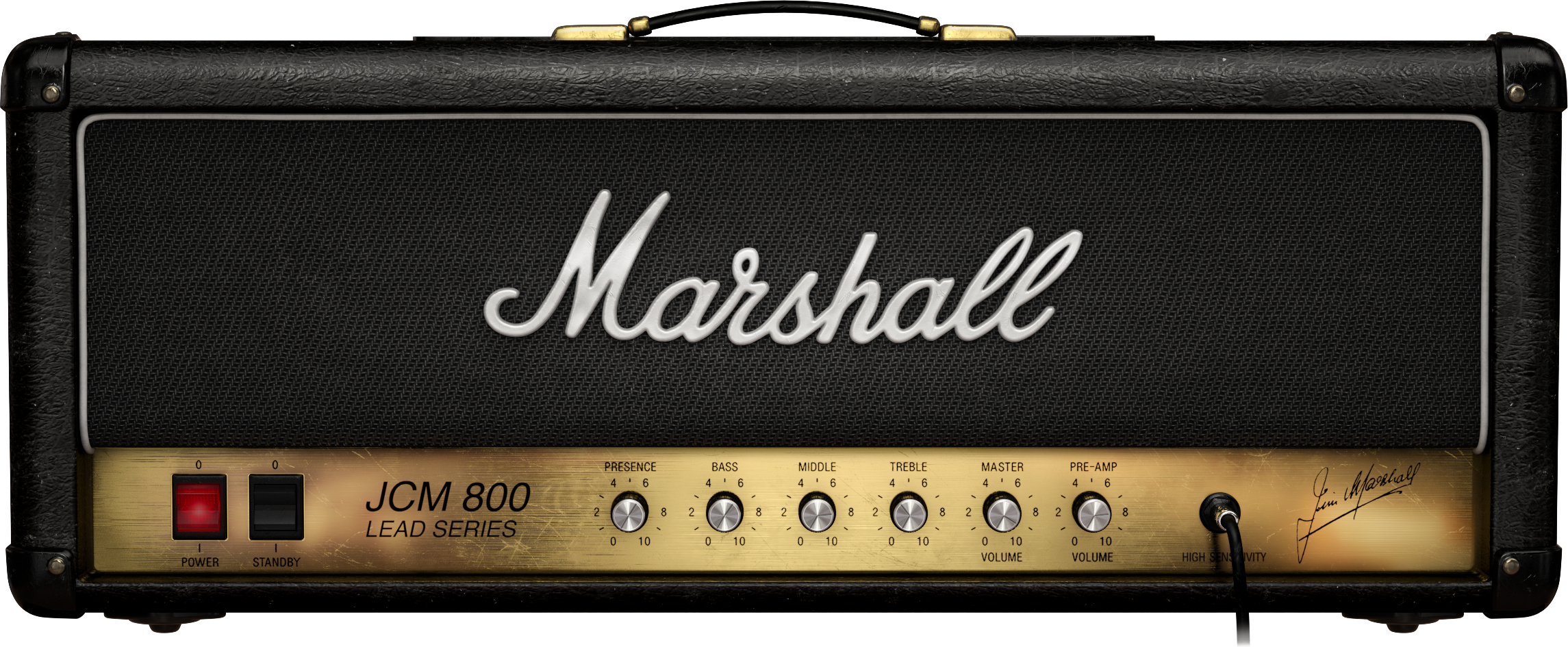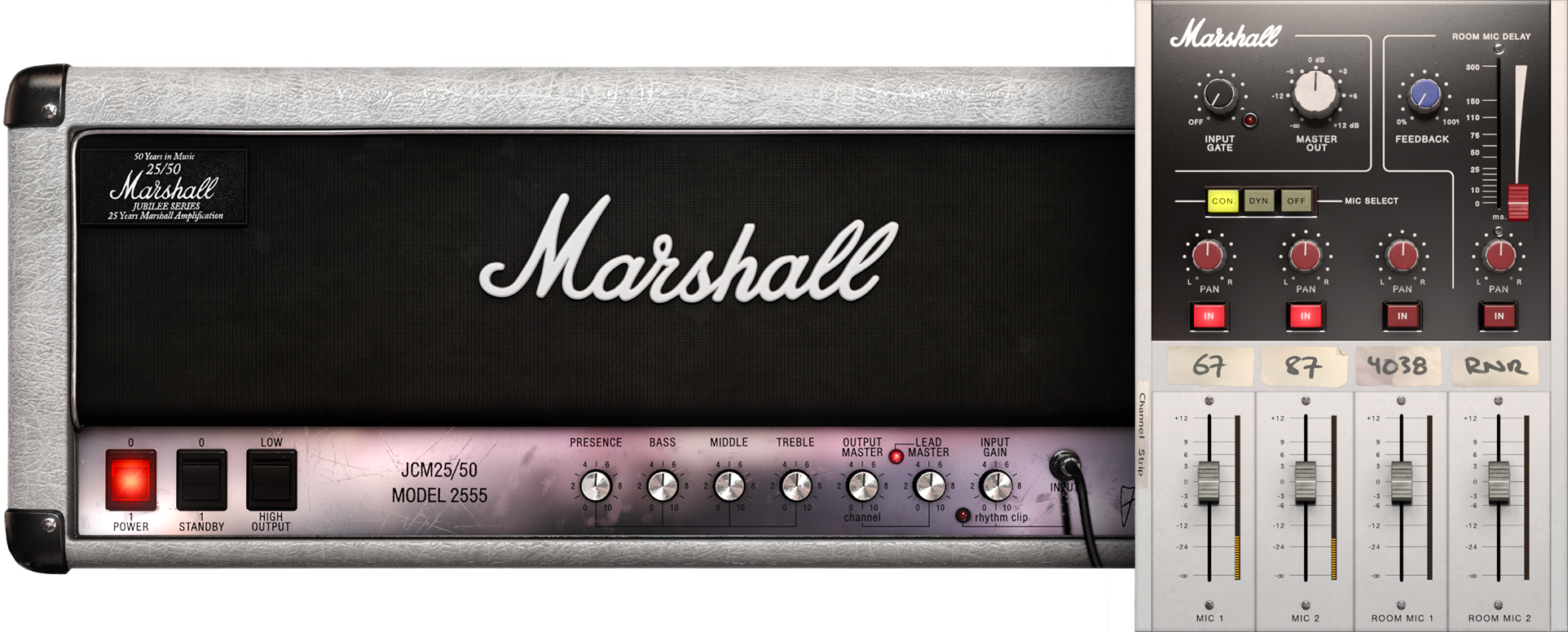Close your eyes and think of a guitar amp. You see something Marshall in front of you, right? Marshall Amplification has been the most recognizable guitar amplifier brand since the 1960s. The heritage and prestige of the company are undeniable. Marshall is woven into rock & roll history and is responsible for some of the most immortal guitar tones of the last 60 years.
The hallmark characteristic of the British Sound is the Marshall crunch. The list of Marshall guitar heroes is long. Guitarists such as Pete Townshend of The Who, Jimmy Page from Led Zeppelin, Angus Young of AC/DC, Jimi Hendrix, and Slash. Modern players like Nita Strauss, Joe Satriani, and Zakk Wylde have played famous Marshall amps — and even made some Marshall amps famous.
With so many excellent Marshall amps, how do you decide which is for you? This guide will help you choose the official Marshall amp emulation that is best suited to you. Whatever your taste in tone.
MARSHALL BLUESBREAKER 1962
The Bluesbreaker was made famous by Eric Clapton when he used it on the self-titled album of John Mayall & The Bluesbreakers in 1966. Clapton’s performance with the amp went down in history as the Bluesbreaker sound. With its warmth and crunch and the use of alnico speakers in an open-back cabinet, Bluesbreaker has an unusually chime-y and three-dimensional quality. That sound has contributed to its status as a workhorse across genres.
The Bluesbreaker was designed to compete with the Vox AC30, a popular amp at its creation. As such, the amplifier section of the Bluesbreaker is identical to the standalone JTM45 Tremolo amplifier head, which was the first amplifier model Jim Marshall made. The Marshall Bluesbreaker 1962 has become one of the most collectible and valuable vintage guitar amplifiers ever.
MARSHALL PLEXI SUPER LEAD 1959
There is perhaps no other amplifier more vital to the history of rock & roll than the Marshall Plexi Super Lead 1959. It is the rock & roll guitar amp — period. Pete Townshend of The Who essentially commissioned the Plexi Super Lead. Townshend wanted more power, volume, and grunt as true high-voltage rock exploded in the mid-1960s. Eric Clapton traded in his Bluesbreaker combo for a Super Lead when he founded Cream in 1966. Jimi Hendrix (Jimi Hendrix, for goodness’ sake!) played a Super Lead at Woodstock. Enough said.
The first Marshall full stack was created for the Plexi. At first, a giant 8x12 speaker cabinet was paired with the powerful 100-watt amp. But the preference soon shifted toward two 4x12s, one straight and one angled. It is hard to overstate how much of a cornerstone this amp is. Rock would not look or sound the same without Plexi.
MARSHALL JMP 2203
Introduced in 1975, the Marshall JMP 2203 quickly replaced Plexi Super Lead as the go-to Marshall amp and became the amp against which we judge all rock amps. Artists and groups like Jeff Beck, Andy Summers, Tom Morello, AC/DC, Mötley Crüe, Judas Priest, Slayer, and the Pixies have used it, among others.
The JMP 2203 was born out of demand for an amp with a master volume knob. Master volume control made it possible to get a distorted sound without the ear-splitting pressure levels caused by non-master volume amps, like the Plexi. This change exploded the sonic options.
By keeping the preamp gain down and getting most of the distortion from the power amp, users got more of a 1960s Marshall sound from the JMP. Turning the master volume down and the preamp volume up gave an edgier and more present distortion.
MARSHALL JCM800
Nothing embodies the essence of the Marshall tone like the classic JCM800. Introduced in 1981, the JCM800 was the second Marshall amp to feature a master volume control. The master volume knob allows users to sculpt the tone further. With the preamp on full and the master volume on low, you get a tight, overdriven sound. The opposite settings offer more loose, vintage-sounding distortion.
JCM stands for James Charles Marshall, and although some say that 800 stands for the 1980s, the number 800 comes from the license plate of the car Mr. Marshall once drove. Now, the name is synonymous with the Marshall sound.
MARSHALL SILVER JUBILEE 2555
In 1987, Jim Marshall celebrated 25 years as a guitar amp manufacturer with the extremely limited release of the Silver Jubilee series of amps. The Silver Jubilee 2555 amp became a big hit among high-profile rock guitarists. It became rare and sought-after by collectors as well.
The amps in the Silver Jubilee series are based on the 2203 and 2204 models of the JCM800 series but with several fresh and clever features. For example, the innovative and unusual preamp section of the Silver Jubilee 2555 gives it higher gain and a somewhat darker and smoother sound than the JCM800.
The EQ section also sets the Silver Jubilee — with its much broader range of tonal variety — apart from other Marshall amps. It was the first Marshall amplifier with power amp tubes that one could switch from the normal pentode operation mode into triode mode. In triode mode, the output of the power amp is halved which makes the power amp distortion silkier and less aggressive.
MARSHALL MURDER ONE LEMMY SIGNATURE
This unique Marshall amplifier is, in its essence, a Super Bass 100W. The legends Jimi Hendrix and Jimmy Page all played the Super Bass 100W. But it took Lemmy to make it legendary.
One of the most-coveted and hard-to-get Marshall amps in existence, over the years, bass and guitar players alike have made the Marshall Super Bass 100W their amp of choice. The Marshall Super Bass 100W is a warm, musically sweet, and often deafeningly loud amp. The embodiment of heavy metal history, it is superbly suited for rock & roll and punk rock sounds for both bass and guitar.







